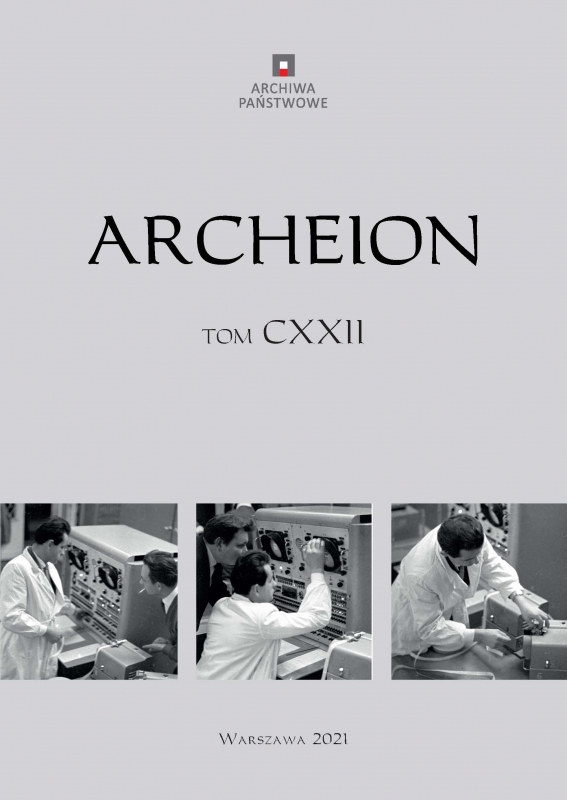Nowa siedziba Archiwum Narodowego w Krakowie. Założenia funkcjonalne i użytkowe oraz koncepcja magazynu zbiorów archiwalnych z pasywną regulacją klimatu
Nowa siedziba Archiwum Narodowego w Krakowie. Założenia funkcjonalne i użytkowe oraz koncepcja magazynu zbiorów archiwalnych z pasywną regulacją klimatu
Author(s): Barbara Berska, Łukasz Bratasz, Roman Kozłowski, Leszek KrzemieńSubject(s): Library and Information Science, Archiving, Preservation, Other
Published by: Wydawnictwo Uniwersytetu Jagiellońskiego
Keywords: National Archives in Krakow; archival holdings storage; energy efficiency; passive climate control; state archive; archival architecture
Summary/Abstract: Budynek archiwum państwowego to miejsce służące przede wszystkim długoterminowej ochronie materiałów archiwalnych. Musi także spełniać wymagania stawiane przyjaznej instytucji publicznej, związane z obsługą i zaspokajaniem różnorodnych potrzeb użytkowników w zakresie działalności prowadzonej przez archiwa. Pełnione przez archiwa funkcje determinują, już na etapie opracowywania koncepcji, a następnie dokumentacji projektowej, kwestie konstrukcji, wyposażenia oraz zastosowanych instalacji i technologii. Szczególne znaczenie w przypadku archiwum państwowego mają pomieszczenia magazynowe, służące przechowywaniu materiałów archiwalnych. W wypadku nowej siedziby Archiwum Narodowego w Krakowie, dla ośmiokondygnacyjnego segmentu magazynowego opracowano koncepcję z pasywną regulacją klimatu. Jest on wyodrębnioną strukturą, w której nie ma stałych stanowisk pracy, a pasywną stabilizację mikroklimatu zapewniono w znacznym stopniu przez przemyślane rozwiązania budowlane: dobrą izolację termiczną, wysoką szczelność przegród zewnętrznych oraz wykonanie powierzchni architektonicznych z porowatych materiałów o dobrej zdolność do wymiany pary wodnej. Temperatura we wnętrzu magazynu podąża za rocznym cyklem zmian temperatury na zewnątrz, a wilgotność względna utrzymuje się samoistnie na optymalnym poziomie około 50% przez znaczną część roku. W porze ciepłej powietrze jest osuszane. Suche warunki i niska w porze zimnej temperatura ograniczają szybkość degradacji materiałów archiwalnych. [A state archive building is a place that serves primarily the long-term preservation of archival materials. It must also meet the requirements of a friendly public institution, which include serving and satisfying various user needs in the field of archival activity. The archives’ functions determine the construction, equipment, installation and technology considerations at the very conceptual stage and later in the design documentation. In case of a state archive, storage facilities used for the storage of archival materials are of particular importance. In case of the new building of the National Archives in Kraków, a concept involving passive climate control has been developed for the eight-storey storage segment. The storage segment is a separate structure, with no permanent workstations. The largely passive stabilization of the microclimate was ensured by well-thought-out construction solutions: good thermal insulation, high-performance external partitions and installation of architectural surfaces made of porous materials with good water vapor exchange capacity. Temperature inside the storage facility follows the annual cycle of external emperaturę changes, and relative humidity remains spontaneously at the optimum level of approximately 50% throughout much of the year. During the warm season, the air is dehumidified. Dry conditions and low temperatures in the cold season reduce the rate of degradation of archival materials.]
Journal: Archeion
- Issue Year: 2021
- Issue No: 122
- Page Range: 94-127
- Page Count: 34
- Language: Polish

